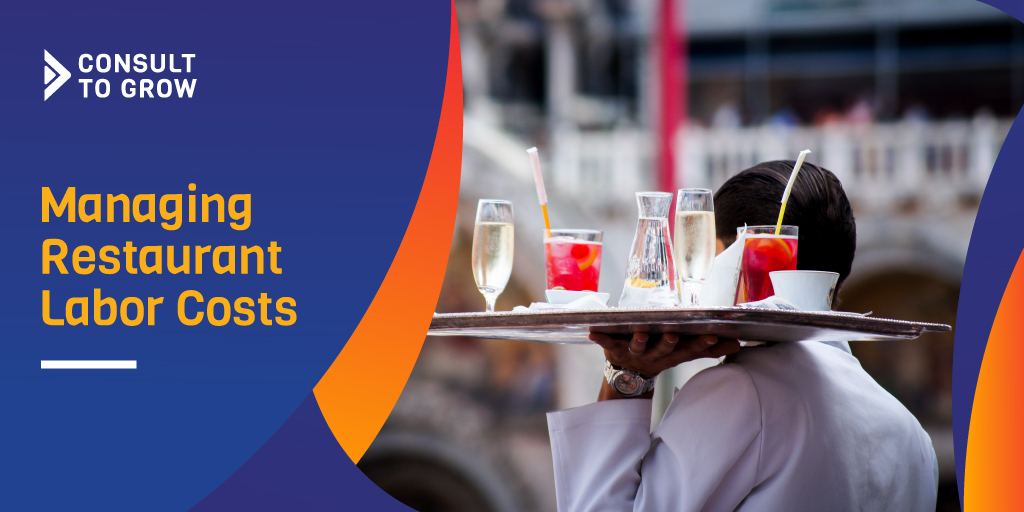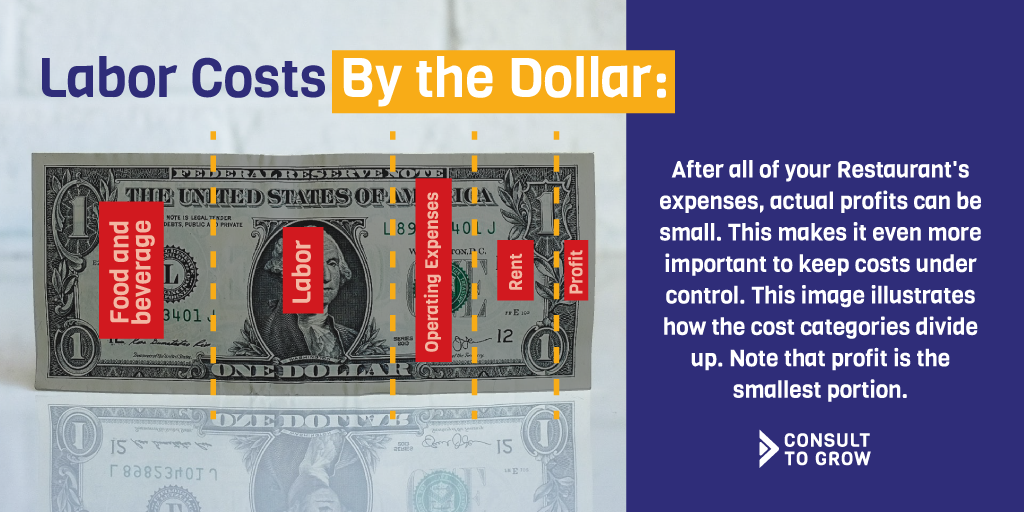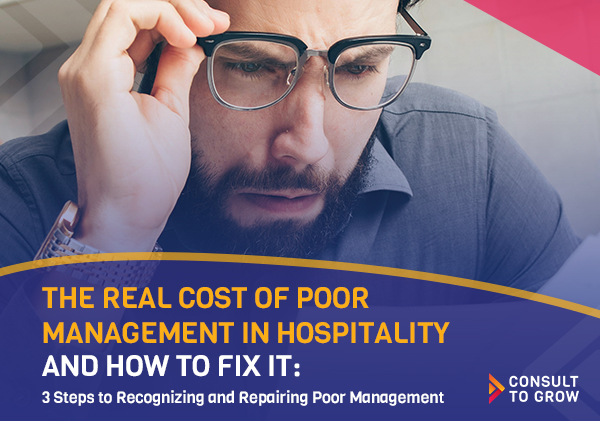
Defining Yourself As a Leader
Becoming a leader requires a change in perspective that comes about through personal reflection. As a new-in-position leader, who do you want to be? Who

Managing restaurant labor costs is a crucial aspect of running a successful restaurant. Labor costs include wages, benefits, and other team member expenses making them both the biggest expense and, because of rising minimum wages, staff shortages, and a rising turnover rate, the hardest to control. It follows that finding ways to control these costs can help to improve restaurant profitability.
Across all restaurant types, labor cost runs about 33% of sales. Often, the labor target percentages are based on industry averages. This is misguided if it is assumed restaurant will be profitable in this setting. Each restaurant is its own average, varying widely based on the type of restaurant. There is no such thing as an average restaurant, so it doesn’t make sense to use an industry average.
In fact, your labor budget should never be set on predetermined percentages. Again, every restaurant has its own average, which means every restaurant has its own budget. Your goal should be to have the lowest labor budget without sacrificing the experience of your customer.
Labor hours are predicated on the unique characteristics of the restaurant, including layout, kitchen line and seating. These typically dictate the labor hours it will take to provide the level of service your guests expect.
For every dollar in income, generally, about .32 cents goes to food and beverage, .33 cents to labor, and .16 cents to operating expenses. Another .13 cents goes to rent, property taxes and administration. Usually, only .05-.07 cents go to profit. With that low margin for profit, managing labor costs becomes the key to profitability.

If the labor hours it takes to effectively service your guest does not allow you to generate an adequate profit, you will need to either increase productivity or raise your prices.
Managing restaurant labor costs is an ongoing process that requires careful planning and attention. Some strategies for managing restaurant labor costs include:
One effective way to manage labor costs is using SPLH (Sales Per Labor Hour) and CPLH (Cost Per Labor Hour) metrics. These metrics provide valuable insight into your restaurant’s labor performance and can help you make informed decisions to reduce costs and improve your bottom line.
What is SPLH and CPLH?
Read More Here: Using SPLH or CPLH to Manage Restaurant Labor Cost
Again, managing labor costs is an ongoing process that requires careful planning and attention by implementing strategies such as setting clear job duties, using scheduling software, providing effective training, reviewing menu pricing, monitoring team member performance, and implementing cost-saving measures, restaurant owners and managers can effectively control labor costs and improve profitability.
Consult to Grow® provides various tools and services to help you improve your operational performance as you scale and grow your business. We can expertly assess your scalability, develop tactical plans, facilitate planning, and more. Ready to get started?

Becoming a leader requires a change in perspective that comes about through personal reflection. As a new-in-position leader, who do you want to be? Who

Growing Your Emotional Intelligence as a Leader Means Enhancing Mental Health for You and Your Team Running a business isn’t only about operations—it’s about managing

3 Steps to Recognizing and Repairing Poor Management Hospitality isn’t just about serving food, making drinks, or booking rooms—it’s about people. And when management fails